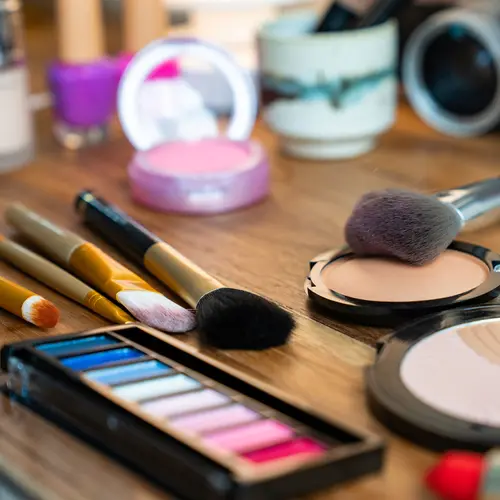Everyone loves a dazzling smile. That's why so many of us reach for the tooth whiteners when our teeth start to look yellow.
Common foods and drinks -- such as coffee, red wine, and berries -- and, of course, smoking, cause teeth to stain and lose their brightness. The effects are often exaggerated as we age, says Mark Wolff, DDS, professor at NYU College of Dentistry. Wear and tear creates etchings on the tooth surface, "making teeth more susceptible to stains," he says. That's why you might notice that foods you've been eating for years discolor your teeth more these days.
Professional Tooth Whiteners
Teeth whiteners, sold by dentists and drugstores, use a form of peroxide (hydrogen and carbamide are the most common) of varying strengths to oxidize or eat away the tooth's color particles to brighten smiles. The concentration of peroxide in store-bought kits ranges from 3% to 10%; in professional-grade whiteners (available in your dentist's office), it runs as high as 40%.
Professional whiteners are generally more effective than those sold over the counter, but not just because the concentration of peroxide used is higher. Wolff says that whitening trays made by dentists are molded especially for your mouth, keeping bleaching solutions in close contact with the tooth's surface. This enhances the whitening effect and increases safety by minimizing the amount of peroxide that contacts the gums or is swallowed.
The personalized fit will cost you. Professional whitening systems range from $400 to $800, compared with $25 to $100 for products you buy in the store.
Over-the-Counter Tooth Whiteners
Over-the-counter whiteners can be a good option and don’t necessarily mean poorer quality, Wolff says. Whitening strips are your best bet because they adhere reasonably well to the tooth surface, particularly on the top teeth, keeping gel where it can best penetrate enamel.
White teeth are alluring, but keep expectations in check. "There's only a finite color change you can achieve," Wolff says. Two or three shades lighter than your current color is reasonable. And be sure to follow instructions. Overdoing whitening efforts can harm tooth structure, leading to translucent, see-through teeth that appear blue or gray.
"Everything in moderation," Wolff says.
Tooth-Whitening Tips
Wolff says transforming a dull smile into a bright one can be done safely and effectively with the following precautions:
Beware of tooth sensitivity. Tooth and gum sensitivity is a common side effect of teeth whiteners. "You don't want to use the strongest and fastest [solution] because it comes with the most side effects," Wolff says.
Watch bonding and veneers. If you have bonding or veneers on your teeth, whiten before having dental work done, or skip it altogether. "These don't whiten with bleaching agents," he says. Restorations will maintain their original color while the teeth around them lighten. The end result is a multicolored smile.
Choose whitening strips. OTC whitening strips are a better bet than store-bought trays. "The trays tend to be loose, and don't provide a high enough concentration [of solution] to really do the job of bleaching," Wolff says.
Skip whiteners if you have gum disease. Whiteners can accelerate gum deterioration, so talk with your dentist about alternate ways to brighten your smile.


